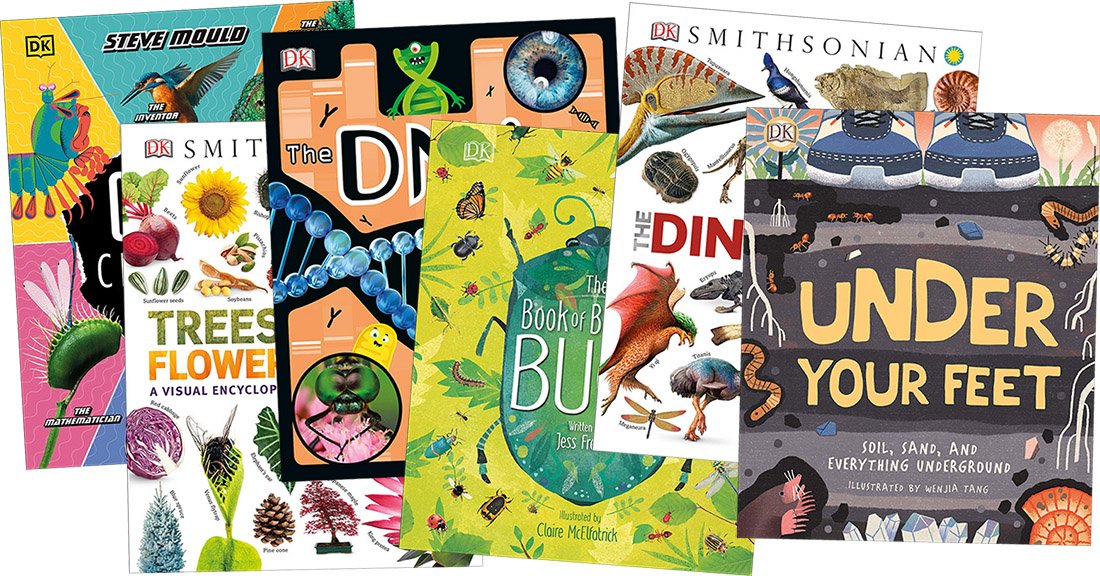
This week I’m setting up our home learning space in what used to be our dining room. The big dining table gives us plenty of working space, and the tall windows let in lots of light. We dragged in a giant bookshelf perfect for keeping all our reference books, assorted papers, art materials, and everything else we need for remote learning all in one place. In keeping with this week’s theme, I’ve got a few more DK Books from our reference shelf to share with you.
I’ve also got a couple of these to give away to one lucky reader, so scroll all the way down to enter the giveaway!
Click on the titles or cover pictures to see these books on Amazon.
Clever Creatures: How Animals and Plants Use Science to Survive
Steve Mould
Chameleons change colours both to hide from predators and to communicate with one another. Dung beetles navigate by the stars. “Farmer” ants protect and milk aphids for their sweet nectar. Spiders perform feats of complex engineering when they weave their delicate yet strong webs, and Venus flytraps count how many hairs are triggered to determine when to close on their prey.
Discover nature’s smartest physicists, chemists, biologists, engineers, and mathematicians! The clever creatures profiled in this book have evolved some fascinating ways to adapt, survive, and thrive.
Each example includes easy-to-understand scientific explanations behind these neat tricks and show how these adaptations help the animal or plant survive in their environment. This fun and engaging book will have kids begging to learn more about these fascinating creatures and looking at nature in a whole new way.
Trees, Leaves, Flowers & Seeds
Whenever DK Books and the Smithsonian team up to create another illustrated guide, I know that the quality will be matchless. Trees, Leaves, Flowers & Seeds is no exception. Gorgeous photographs and detailed close-ups guide the reader through an exploration of the wonders of the plant kingdom, from tiny dust-like begonia seeds to the tallest redwood trees.
This handsome hardcover book starts with a simplified family tree demonstrating how scientists categorize plants, then moves on to the basics of botany like the key parts of a plant, how to identify types of leaves, and a visual representation of the nitrogen cycle. The next chapters explore both nonflowering and flowering plants, focusing on some of the most fascinating plants in the world. Learn about plants that live in soil, plants that live in water, plants that live in the air, and even plants that grow in outer space!
Most plants make food from sunlight, carbon dioxide, and water, but some parasitic plants steal food from other plants, and a few carnivorous plants catch and eat insects instead! Discover the difference between a true nut and a false nut, discover how plants have adapted to survive in the desert, and learn why some plants smell sweet and others smell like rotting meat.
Packed full of gorgeous photography, close-up cross-sections, fascinating information, and fact bubbles, this is a wonderful home reference for a unit on botany, plant adaptations, or environmental studies.
The Book of Brilliant Bugs
Jess French & Claire McElfatrick
What is a bug? Underappreciated and often misunderstood, this brightly-coloured book explains their place on the invertebrate family tree and helps kids identify parts of a bug. There are over one million different types of insects, and this book introduces just a few of these plus their relatives like arachnids, centipedes, sea snails, sea slugs, and worms.
Bugs can live just about anywhere – underwater, underground, in the icy tundra and hottest desert, or on the open sea – but despite their adaptability, many bug species are endangered or disappearing because of human actions. The final pages explain some of the ways that humans hurt insect populations and will teach kids how to make a bug hotel in the back yard.
Learn some of the ways that bugs sense the world around them, hide from predators, work together, find food, and reproduce, and better understand the essential role that bugs and their relatives play in keeping the planet healthy by pollinating plants, controlling pests, and decomposing organic matter.
If that weren’t enough, bugs also serve as food for a great many other animals including humans! Kids will love the gross-out factor of the “bug menu” included in this book featuring some of the edible insects that humans around the world raise for food.
Yes, it’s called The Dinosaur Book, but this visual encyclopedia covers so much more. It serves as an overview of prehistoric life on Earth from the first single-celled organisms that developed circa 3.5 billion years ago, through the emergence of animals, the age of dinosaurs, and up to the dawn of early humans.
Lifelike images and colourful, digital reconstructions introduce young dino fans to hundreds of different dinosaurs and other prehistoric creatures. Expect to find up-to-date scientific information and the most recent paleontological discoveries. Entries include fan favourites like Stegosaurus, Triceratops, and Tyrannosaurus Rex, along with other lesser-known dinosaurs like the earliest archosaurs, Spinosaurus Irritator, and Corythosaurus with its uniquely helmet-shaped crest.
Discover how paleontologists learn about dinosaurs and other prehistoric creatures from evidence like fossils, footprints, and amber. Learn how particular adaptations like long necks or different types of tails helped dinosaurs survive in their environments. Subsequent chapters cover the emergence of feathers and flight, pterosaurs (closely related, but definitively not dinosaurs), and prehistoric ocean-dwelling reptiles. The final chapter traces the rise of mammals, and on the very last page we see the emergence of early hominids.
About 66 million years ago, a mass extinction event ended the Age of the Dinosaurs. Considering the significance of this event in the story of the dinosaurs, I do wish the book had discussed some of the competing explanations for the demise of the dinosaurs and evidence for each theory in a bit more detail. Despite the lack, this beautifully illustrated reference is sure to be a hit among budding paleontologists and a great addition to your home library.
DNA, or deoxyribonucleic acid, is a very special molecule that contains the instructions that make us who we are. This book breaks down the science of DNA, RNA, chromosomes, mutations, evolution, and gene manipulation in a way that can be understood by science-minded kids curious about what makes us similar and what makes us different from each other.
The DNA Book traces how scientists discovered this amazing molecule and explains DNA’s role in making the proteins that determine each living thing’s characteristics. In this book, kids will discover the basic principles behind genetic transmission, gene therapy, genetic manipulation, and cloning, as well as consider some of the ethical implications of these subjects. They’ll learn how to isolate DNA from a strawberry at home and actually get to see this genetic material with the naked eye. The kids were particularly fascinated by the idea of using fossilized DNA to bring back woolly mammoths or even dinosaurs (as if we didn’t learn anything from Jurassic Park).
Fun character designs, simple diagrams, and real-life examples keep kids engaged and help make the material accessible. This subject does require specialized terms so expect some unfamiliar words. Not all these words are explained, but most are described in the text and there’s a glossary in the back. The DNA Book is a great resource for introducing curious kids to the fundamentals of the life sciences.
Under Your Feet… Soil, Sand and Everything Underground
Royal Horticultural Society & Wenjia Tang
This book takes readers under the ground to explore the mysteries and wonders hidden in what seems like ordinary dirt. Learn about the four basic building blocks of soil – minerals, water, air, and organic matter – and different kinds of soil habitats.
Dirt is alive with earthworms, burrowing animals, fungi and plants, invertebrates, mesofauna, and microorganisms. In fact, a teaspoon of soil contains more microbes than there are humans on the Earth! In this book, kids will learn the vital role that each organism plays in this complex ecosystem and the importance of healthy soil. At the back, you’ll find some additional hands-on learning activities you can do with your child like making a meal for microbes from an old sock, creating a worm hotel, or growing carrots.
With a textured cover and appealing illustrations that make even the millipedes cute, this is an engaging and practical book for young learners curious about what’s going on underneath our very feet.
Win Clever Creatures and Trees, Leaves, Flowers & Seeds!
Here’s your chance to win a copy of Clever Creatures and Trees, Leaves, Flowers & Seeds. Enter in the giveaway widget below. This giveaway is open to residents of Canada, 18+. All the winner’s entries will be verified.
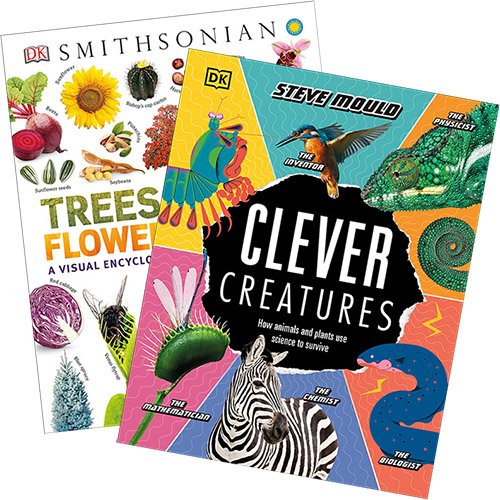
Click here to check out my other open giveaways and be sure to follow me on Facebook!
Disclosure: I received sample items to facilitate this post. All opinions expressed are completely honest and my own, based on my personal experience. Your experience may differ. This post contains affiliate links. As an Amazon Associate I earn from qualifying purchases, at no additional cost to you.


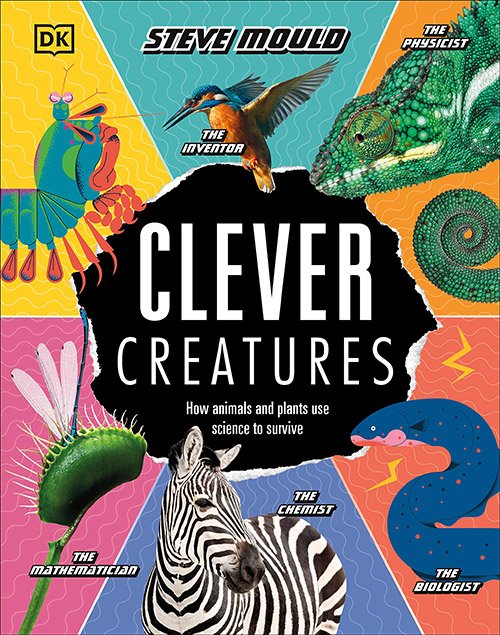
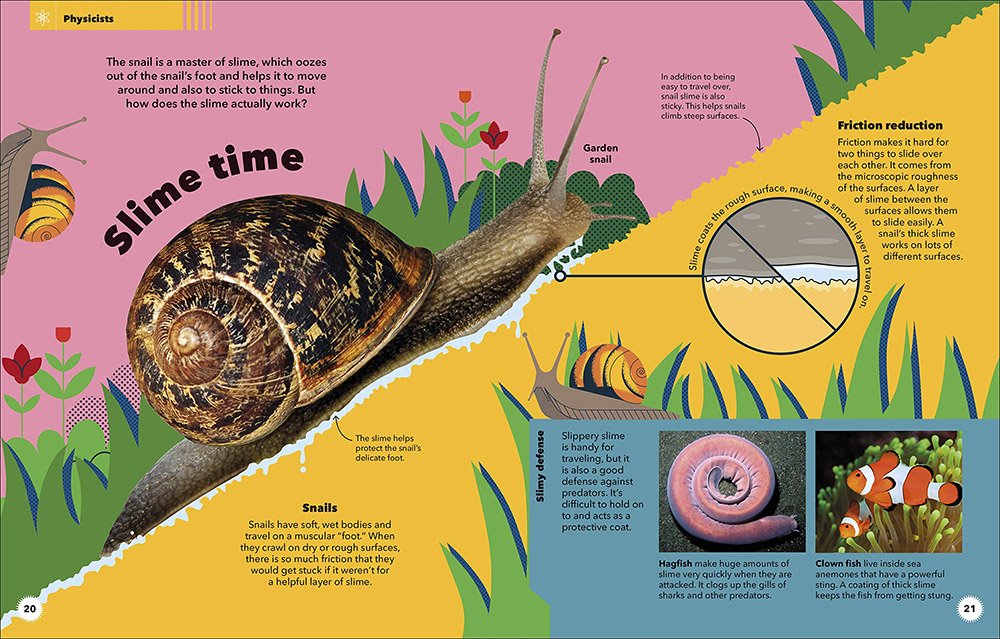
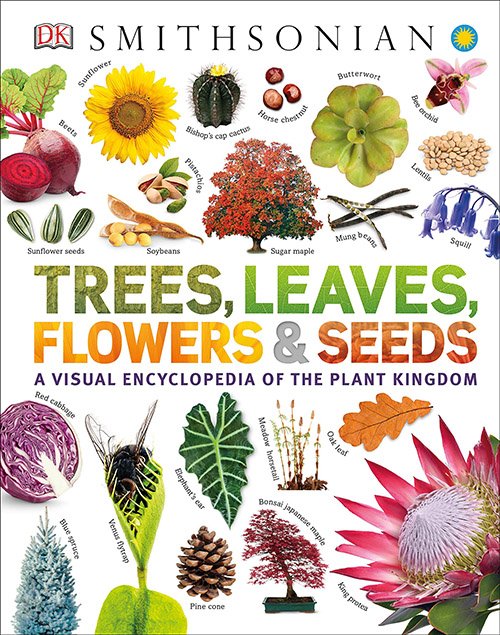
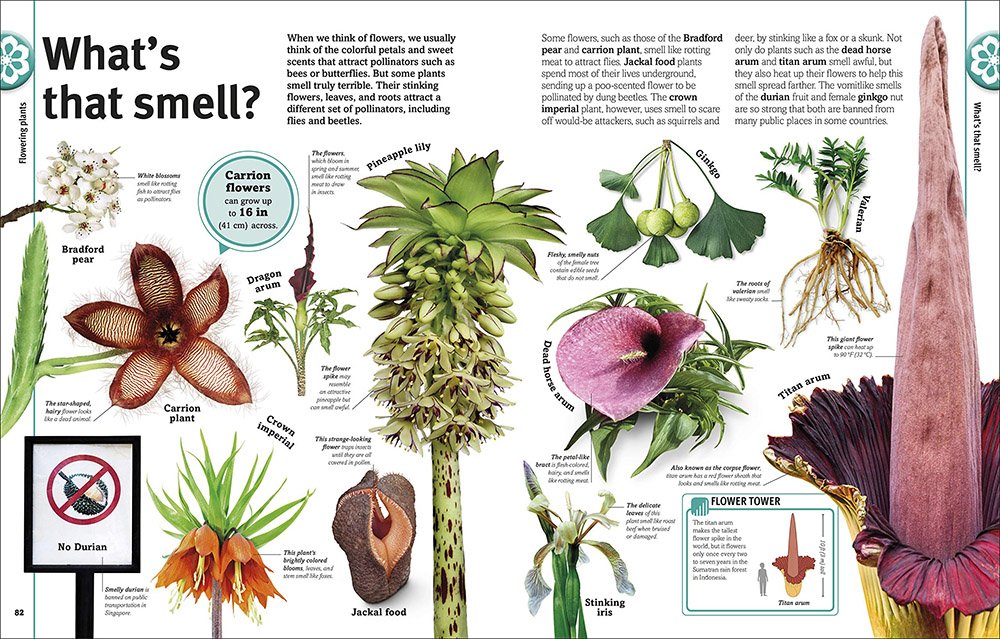
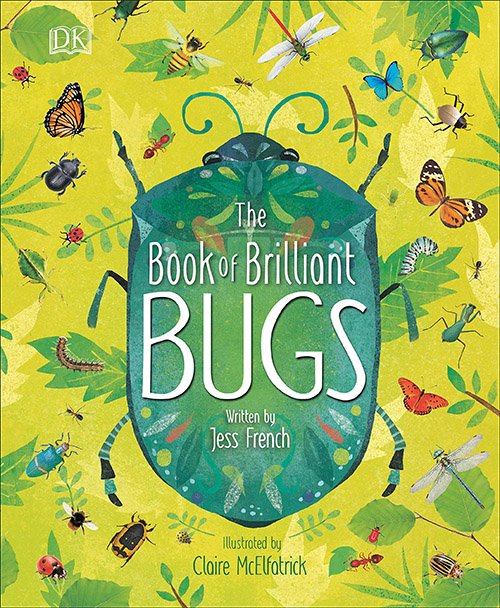
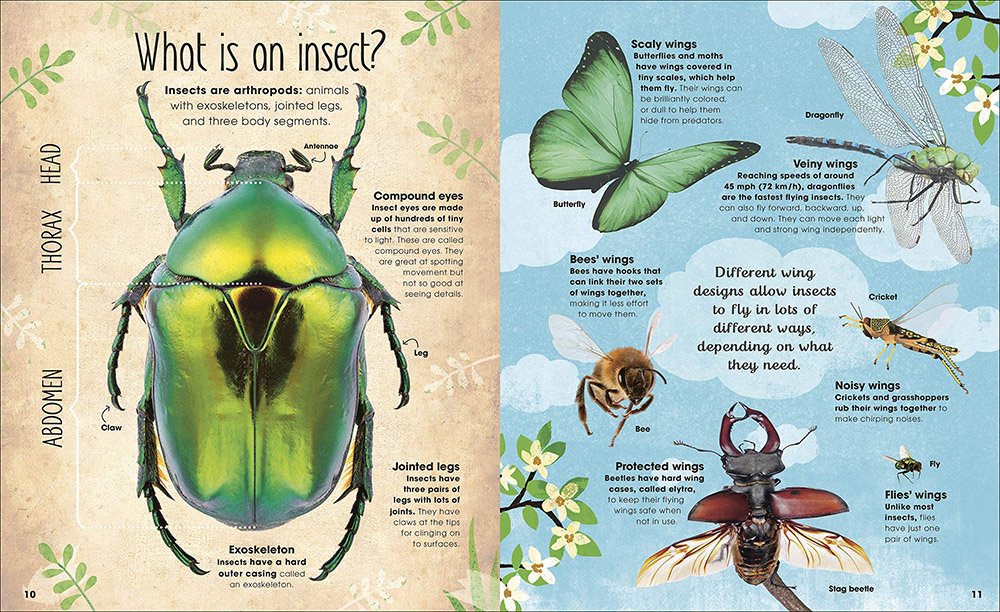
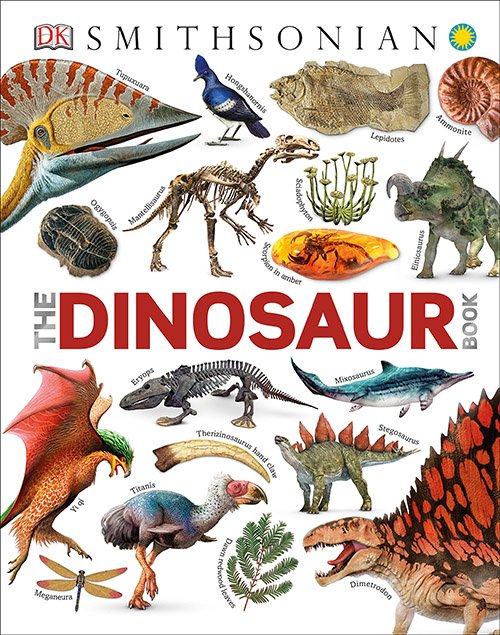

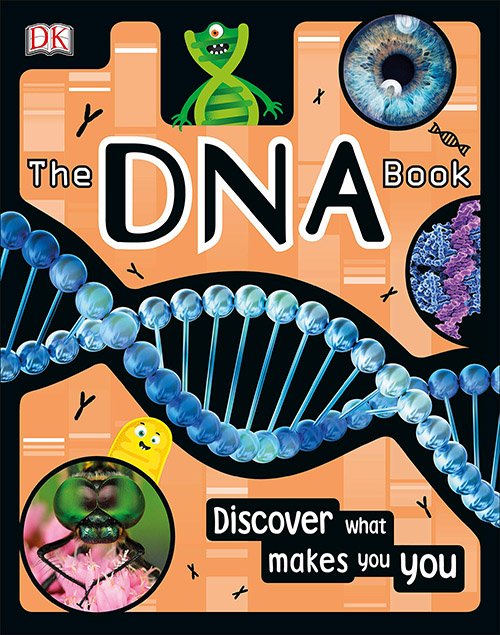
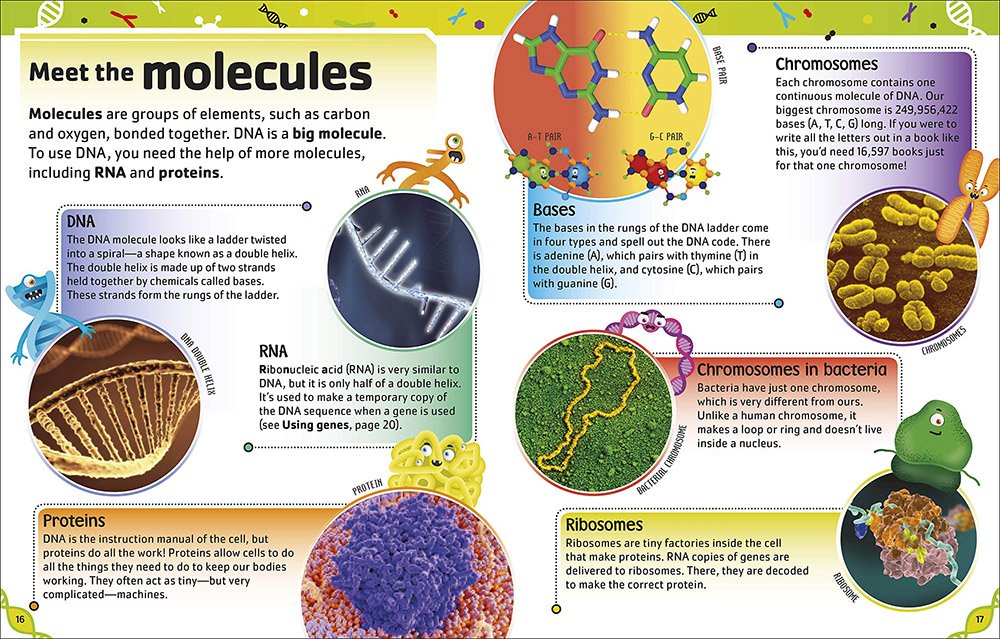
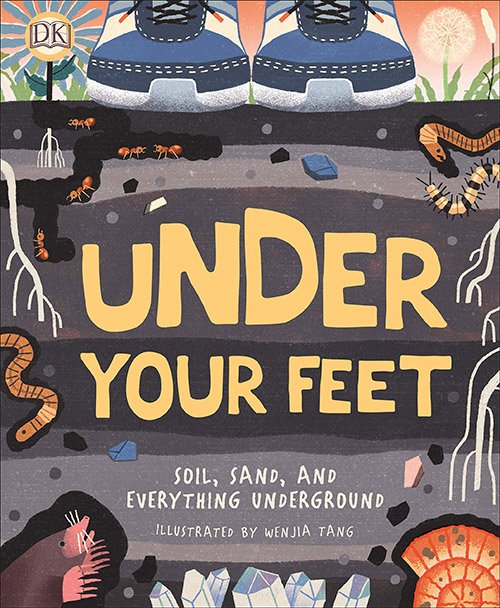
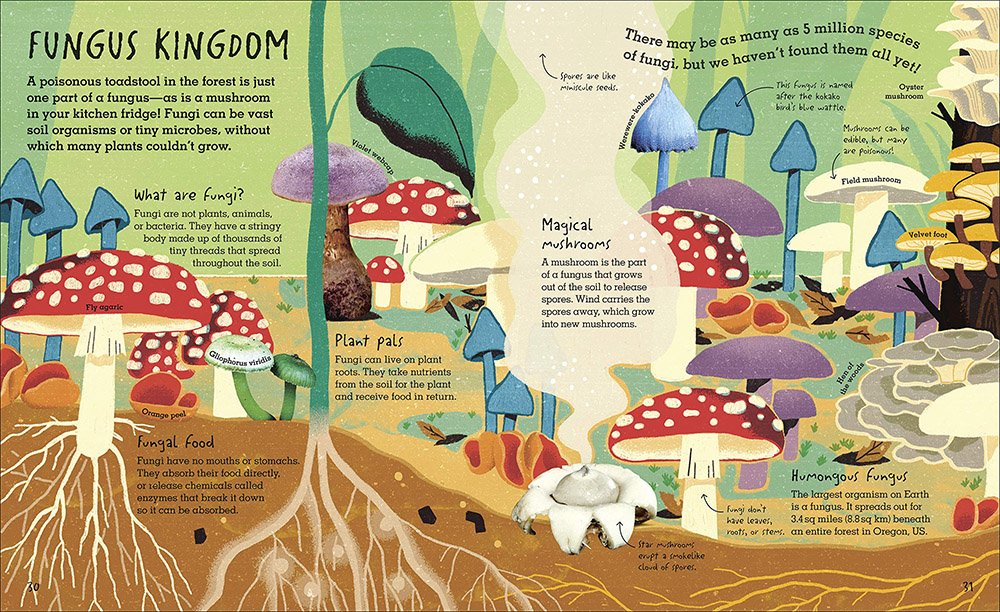
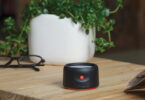
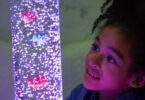
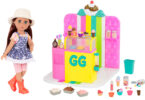
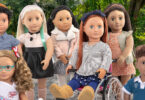
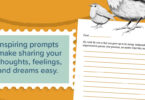
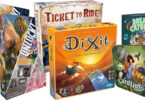
Another book I would like to bring home would be Did You Know? Animals.
My kids would love the Under Your Feet book 🙂
My grandkids would enjoy 101 Great Science Experiments – they have inquisitive minds.
Clever Creatures would be fun to read.
Another great book to have would have to be the 101 Great Science Experiments, I think the kids would have a lot of fun trying out some pretty cool experiments!
My grandchildren would also enjoy The Did You Know? Animals book.
I would also like to bring home the 1,000 Inventions and Discoveries book to enjoy with my grandson.
My grandson would love the book The Book of Brilliant Bugs.
Love to get the The STEAM Team book so I can learn more about to teach my grandchildren.
Another book I’d love to get is The Magic and Mystery of Trees.
They would love to have ‘The Elements Book’ and ‘101 Great Science Experiments.
I would also like to have Super Simple Chemistry.
I think The Elements book would be very fascinating for my granddaughter.
I think I would like the 1,000 Inventions and Discoveries. It would be so interesting.